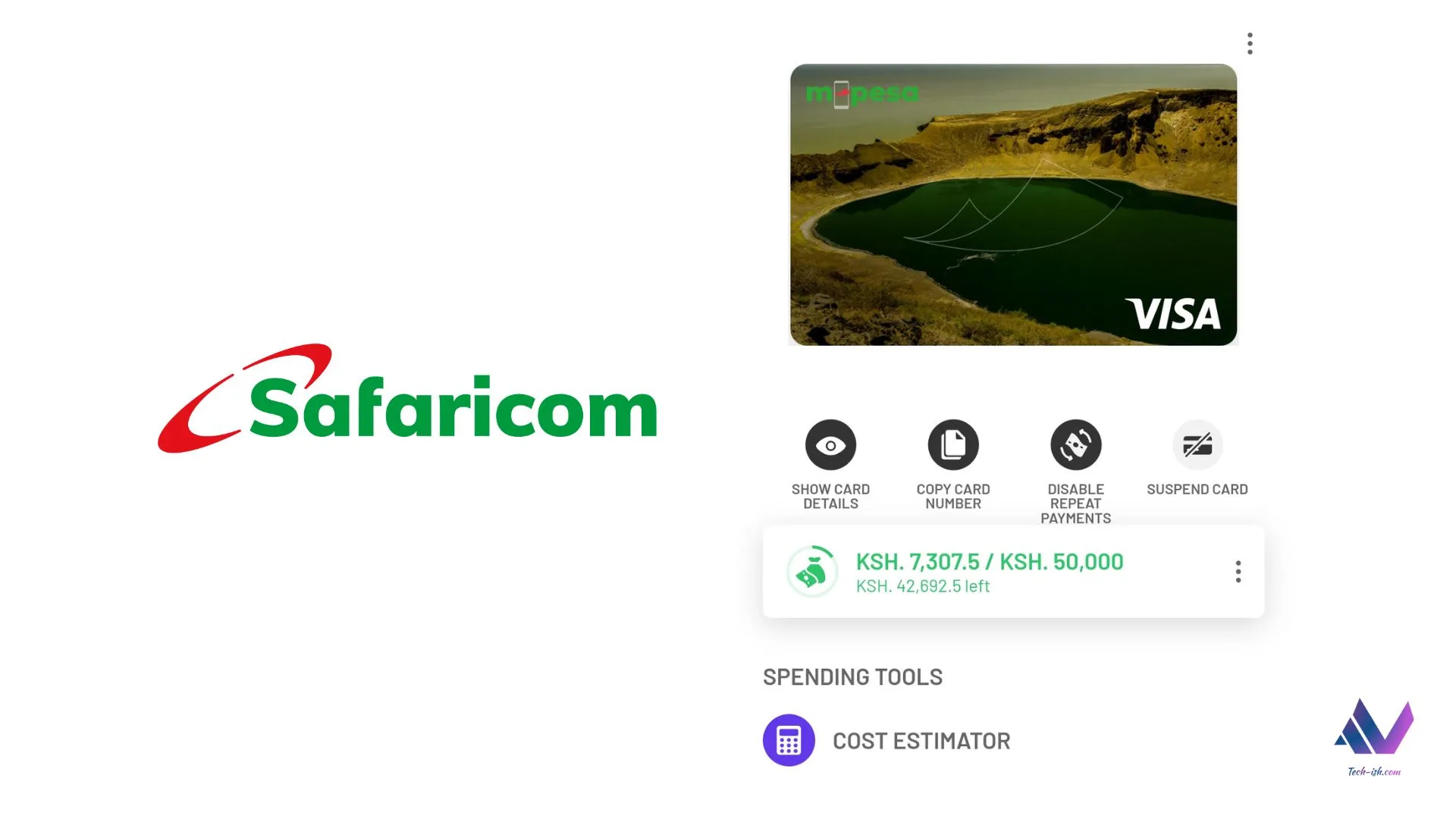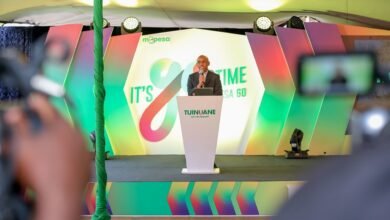Podcast: 6 important things to know about the M-Pesa Visa Virtual Card
A few days ago, Safaricom unveiled the M-Pesa VISA virtual card. It’s available on the M-Pesa Super app which you can download from the Google Play Store or the Apple App Store. This article covers 6 important things that you need to know should you want to use the platform.
In our 24Bit Podcast, we’ve discussed those 6 things plus much more. So remember to also listen in:
Number 1: It is a virtual card:
Please note that the virtual bit means there’s no physical copy. Meaning you have to access it via the M-Pesa App. There’s no other way to access it. And even though you can customise how it looks and give it different colours and images within the app, that it all done virtually.
There are other virtual cards from different companies in the market, so it will be interesting to see uptake. Most Kenyans use and rely on M-Pesa, so that’s a bonus for Safaricom.
Number 2: You check out as a VISA Card:
If you’re doing a transaction online, you must check out via card section and enter the VISA card number provided in the M-Pesa App. So don’t expect to see a “Globalpay” or “M-Pesa” checkout option on international platforms. You will only see a cards section where you’ll enter your card details provided on the app.
Like other cards, it also gets to expire. So once you sign up you will get the card number, and a date of expiry. That expiry date is important as it will be entered when checking out on international platforms. Another important detail you’re given to use when checking out is the dynamic CVV to authenticate transactions.
Number 3: Dynamic CVV:
Every card has a three-digit number to authenticate a transaction. Normally on physical cards, these are at the back of the card. And they’re permanent. The new M-Pesa virtual VISA card has a constantly changing CVV.
Within the M-Pesa app, whenever you access your VISA Card, you will see a three-digit CVV code that changes every 30 minutes. Hence it’s dynamic-ness. This constant change is to ensure you need your M-Pesa Pin to authenticate a transaction, enhancing security of the card.
Even with the constantly changing CVV, repeat payments work provided you enable the option in the app.
Number 4: No top-ups, it is tied to your M-Pesa balance:
Unlike other physical or virtual cards that require topping up, the M-Pesa VISA virtual card is tied to your M-Pesa account. So if you have 4,000 on your M-Pesa, that’s the amount you can access when paying with the card. Fuliza won’t work with the card as of now.
Number 5: One Card per Kenyan:
No matter the number of Safaricom SIM cards you have, you’re only able to get one M-Pesa VISA virtual Card. Safaricom has not explained why this is so. If say you have 3 SIM cards, once you activate the M-Pesa virtual card on one SIM card, the other SIM cards won’t be able to have cards tied to their balances.
Number 6: 3.5% Forex Fee applies:
There are no transaction fees. However, there’s a 3.5% forex markup applied to the transaction value at the prevailing forex rate based on the exchange rate at the moment. There’s a cost estimator tool within the app to help you breakdown the cost estimates when you’re planing on making a transaction.









Hey tech-ish nice article on Mpesa virtual card can one use it to verify PayPal account in Kenya?
Good read? Can one receive payments via the virtual card to your Mpesa?